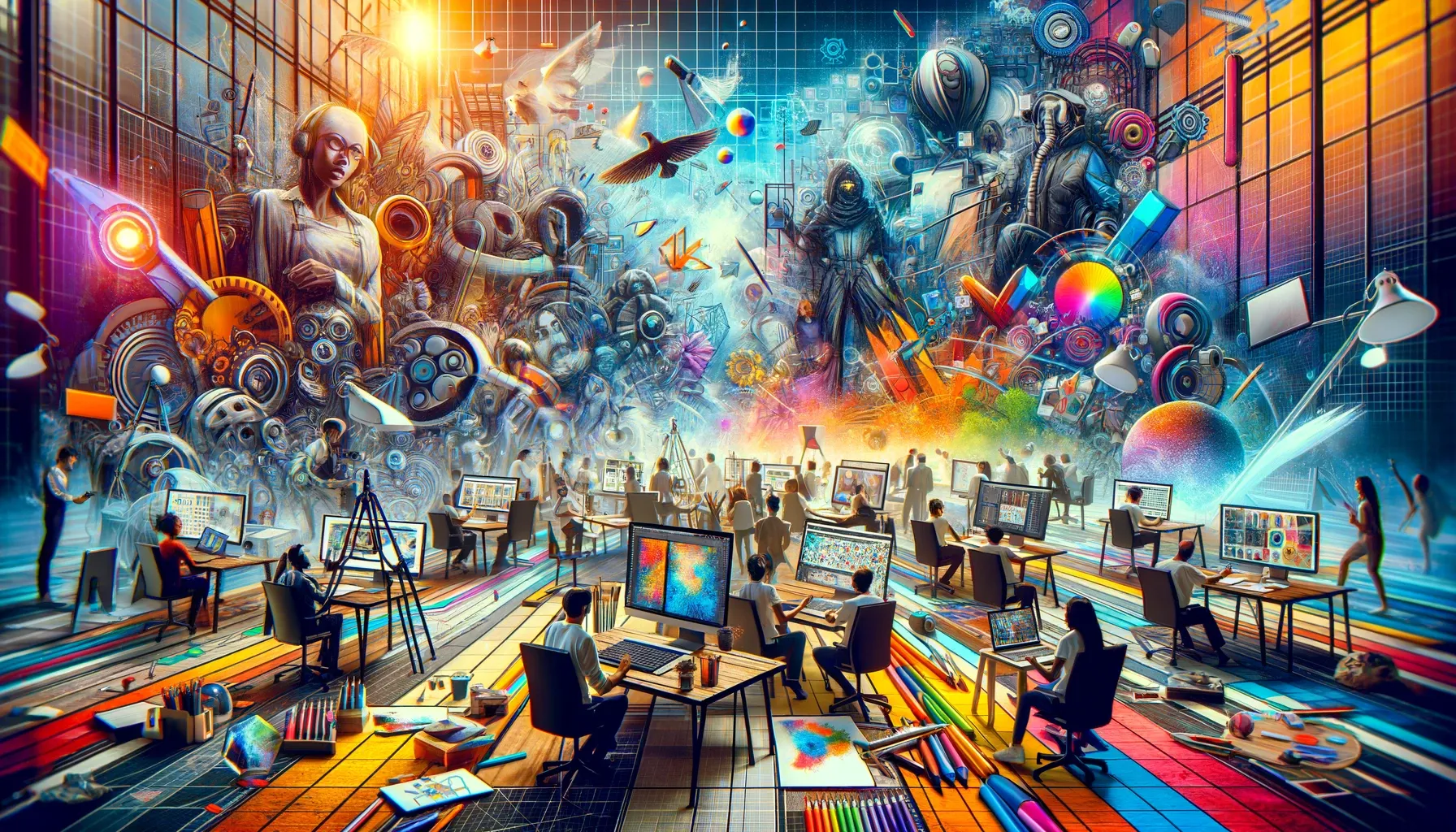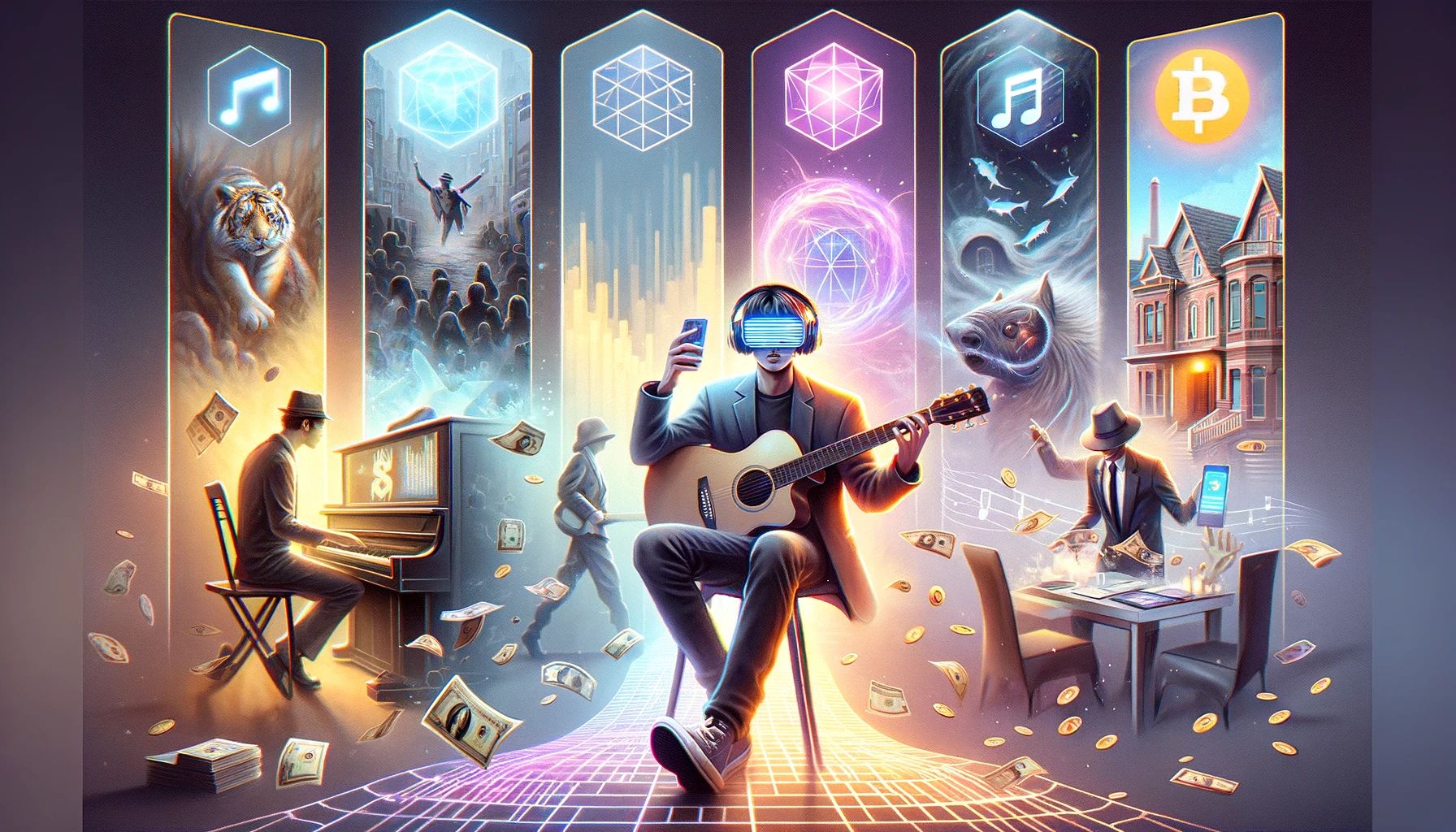Why I Thought The Launch of the Coinbase NFT Marketplace Would Be the Start of the Market Crash
July 21, 2022 - 9 min read
This article breaks down why I thought the launch of the Coinbase NFT marketplace would be the start of the market crash and what it can teach us about the NFT market going forward.
This is an article I’ve had in the draft section for months.
The reason?
I was too afraid of what people would think if I made the prediction that the Coinbase NFT marketplace would be the start of the NFT market crash.
I don’t want to scare people or cause any fear, but it turned out the call was pretty accurate, so I’m here sharing it with you now. Yes, I know it doesn’t count as a prediction because I was too afraid to share it, but Coinbase plans to lay off 1,100 employees (18% of their workforce) and just announced that they’re cutting their affiliate program. You know it’s bad when they don’t even want to pay a 10% commission for referrals.
Let’s dive into why I thought the launch of their NFT platform would be a signal for a bear market.
Introduction
I’m very bullish on the long-term outlook of NFTs, but I think the market will look very different in 5 years versus today. My goal with this newsletter is to write my true perspective and not sugarcoat things. I wish that I was wrong on this one, but want to bring you value with some honest perspective.
Coinbase launched an NFT marketplace (and, no, I don’t think Bill Murray can save it) and I think too many people were expecting a flood of demand that didn’t happen at the scale they thought it would.
Not to be the bearer of bad news, but look at the comparisons of Coinbase NFT to other, larger, NFT marketplaces OpenSea and LooksRare:
Source: Dune Analytics
I predicted that when volume and onboarding didn’t accelerate, people would get scared and start re-thinking the money they’ve spent or will spend on NFTs. The euphoria and unrealistic expectations will settle.
Since April 20th, the Coinbase NFT marketplace has done $3.4 million in sales volume across 9,642 users. In that same time period, OpenSea has done more than $6 billion in volume with over 800,000 users.
The belief was that the Coinbase NFT marketplace would onboard millions to NFTs and that any token you owned was at risk to be quickly gobbled up if you didn’t de-list it.
If you spent enough time on Twitter, you would have seen tweets that said this exact thing over and over.
Another thing I saw on Twitter frequently is that everyone should’ve enjoyed the time with the small community until it’s gone because Coinbase NFT would onboard so many people that CryptoTwitter would have become even more unrecognizable.
A major flaw in the logic was the assumption about the type of audience Coinbase would attract.
From my original post: The reality is that it is going to attract a retail audience who won’t deliver what we expect in terms of demand.
This is exactly what happened, let’s get into why below.
Please remember that I am not a financial advisor and that this is not financial advice. No one (myself included) can predict the future. My goal is to offer a grounded perspective based on data, intuition, and observation.
There Was No Early Cycle This Time
1 million people aren’t going to suddenly join the Coinbase NFT marketplace and throw around 5-figure sums like it’s nothing.
They weren’t early adopters and probably don’t have 10 ETH they bought 5 years ago at a fraction of today’s market prices sitting in a random wallet.
They would be “normies” with a median bank account savings of $5,300 (US).
That turned out to be true, as there were only 150 transactions on the new marketplace on the first day of its launch.
Let’s compare this to NBA top-shot:
When NBA Top Shot first launched, packs of digital moments could be bought for very low price points, around $9.
It was released to the public in October of 2020 and more people started paying attention as total sales volume increased.
In October 2020, there were 910 unique buyers of NBA Top Shot, but by March of 2021 (5 out of the top 13 all-time sales happened in March) there were 184,008 unique buyers on NBA Top Shot. That’s a 20,100+ percentage increase in unique buyers!
Out of the $100,000+ sales on the platform, all but 1 were sold between January and April of 2021.
It’s likely that the people who paid between $23 and $42 for moments from July (this is when beta testing started) through December made big gains when they started to sell moments for $80 on average in January, and $181 in February and had some free money to spend big on rarer moments. And others might have seen total sales volumes increase and spend big money on a gamble that it would continue.
But since then, the market has shrunk.
By September, the number of unique buyers dropped to 47,434 and was at 72,551 for February.
There hasn’t been a 6-figure sale of an NBA Top Shot moment since August of last year. These are still strong numbers for active users, but they didn’t keep ballooning like many thought they would. The “early” cycle was short and there wasn’t an arbitrage dynamic of the increased value of cryptocurrency to pay for the assets. All the transactions were done in USD.
Users who got into NFTs via Coinbase are not “getting in early”. Yes, we are early in the lifecycle of NFT technology, but it’s hard to say we are early with billions of dollars of sales volume.
This audience wasn’t going to be able to buy NFTs for the same price as a pack of cards.
Far from it.
They needed 10x the capital compared to the cost of NBA Top Shot when it was first released.
But there are only so many whales and I think many if not all were already buying NFTs on other platforms.
Understanding Boogeyman Demand
I spent two years in the sports card collecting community. I was obsessed and was able to turn a profit of $40,000+ dollars in 2 years while building a collection of cards I love and still have today.
The experience taught me so much about buying collectibles and it was there when I first learned about this concept of boogeyman demand.
I didn’t coin the phrase and can’t remember where I heard it, but the gist of its meaning is this:
“People are overvaluing certain sports cards because they assume there will be someone to buy it for more in the future. The problem is that it is boogeyman demand. They don’t know who will buy it for more, they don’t have any logic or detailed explanation. They just believe someone will exist and pay much more money for a card than they did. The boogeyman isn’t real and isn’t going to buy your cards. If you really want to flip cards, you need to really understand who would buy them and why they would want to buy them.”
We already know that demand for NFTs is driven largely by about 20% of the wallets who more than likely made significant money from the price increase of Ethereum.
There’s logic, reasoning, and data to provide this point - I wrote about it in detail here.
Boogeyman demand is the assumption that there are a group of people (you don’t know who they are, what they do, how they got their money, where they live, etc.) who are going to show up with money ready to buy your NFTs.
There are more than 56 million millionaires in the world. 22 million of them are in the United States.
The thing is, only 618,000 millionaires in the US are millennials. Some millionaires are people ready to (or are) retired that need to rely on their savings for the rest of their lives and likely wouldn’t be willing to spend money on NFTs.
This doesn’t mean the rarest, most popular, collectible, utility-driving NFTs won’t continue to appreciate in value (I think they come out even stronger after a bear market). What it does mean is that we all need to rethink the who and why of someone purchasing an NFT for more than we paid for it.
Millennials are largely responsible for the demand for collectibles. GenZ is not so much right now, but their demand will grow as do their net worths.
If you were to really think about the person who would spend money for your NFT in the future, GenZ is a good group to study. What digital assets might they want to own? Why would they want to own it?
It All Depends on Keeping People in the NFT Ecosystem
If people make money from NFTs and keep spending it on NFTs, it’s a sustainable economy.
If people make money from NFTs and convert it to crypto and eventually fiat to purchase IRL assets, the economy becomes less sustainable.
This was a core piece of why the sports card market grew over the last 3 years and continues to flaunt record prices. People enjoy collecting cards and early gainers wanted to use their profits to buy other cards they liked. If everyone was buying cards to sell, take profits, and leave sports card collecting altogether, demand would have evaporated a lot faster.
There are certainly NFT collectors, but with more and more rugs and ETH being taken out of the ecosystem, it hurts sustainability to the droves of new people in the space who are afraid of getting burned.
If we were to step back and ask ourselves what we could do to prevent a crash or soften the blow, the answer is simple: keep people interested in the NFT space by making sure they get value out of it.
If a newcomer buys an NFT for $2,000 on Coinbase’s platform but then loses it all, will he or she want to stay in the space?
Conclusion
I think more infrastructure needs to be built up around NFTs before we can say that we are set for a continued strong NFT ecosystem. There are a lot of fabulous ideas, but just like during the dot-com bubble, being too early is a problem.
I’d personally like to see better protection against scams, platforms that help users license their NFTs for brand deals, and the hopeful ability to share profits directly with NFT holders without overregulation (some are needed to prevent bad behaviors).
There need to be market-shedding or poor-quality founders and I think the crash is a healthy reset.
I also think innovators will start to build platforms that can support more value to be derived from NFTs.
Think of NFTs as the iPhone. The iPhone was released in 2007 and in 2010, Uber was created to bring value on top of that new technology. Without it, Uber wouldn’t exist.
It will take a few years for the second, third, and fourth layers of technology to be built for us to see it integrate with our lives on a daily basis beyond the JPEGs we flaunt in our PFPs.
Newsletter
Enter your email address below to subscribe to my newsletter
latest posts





